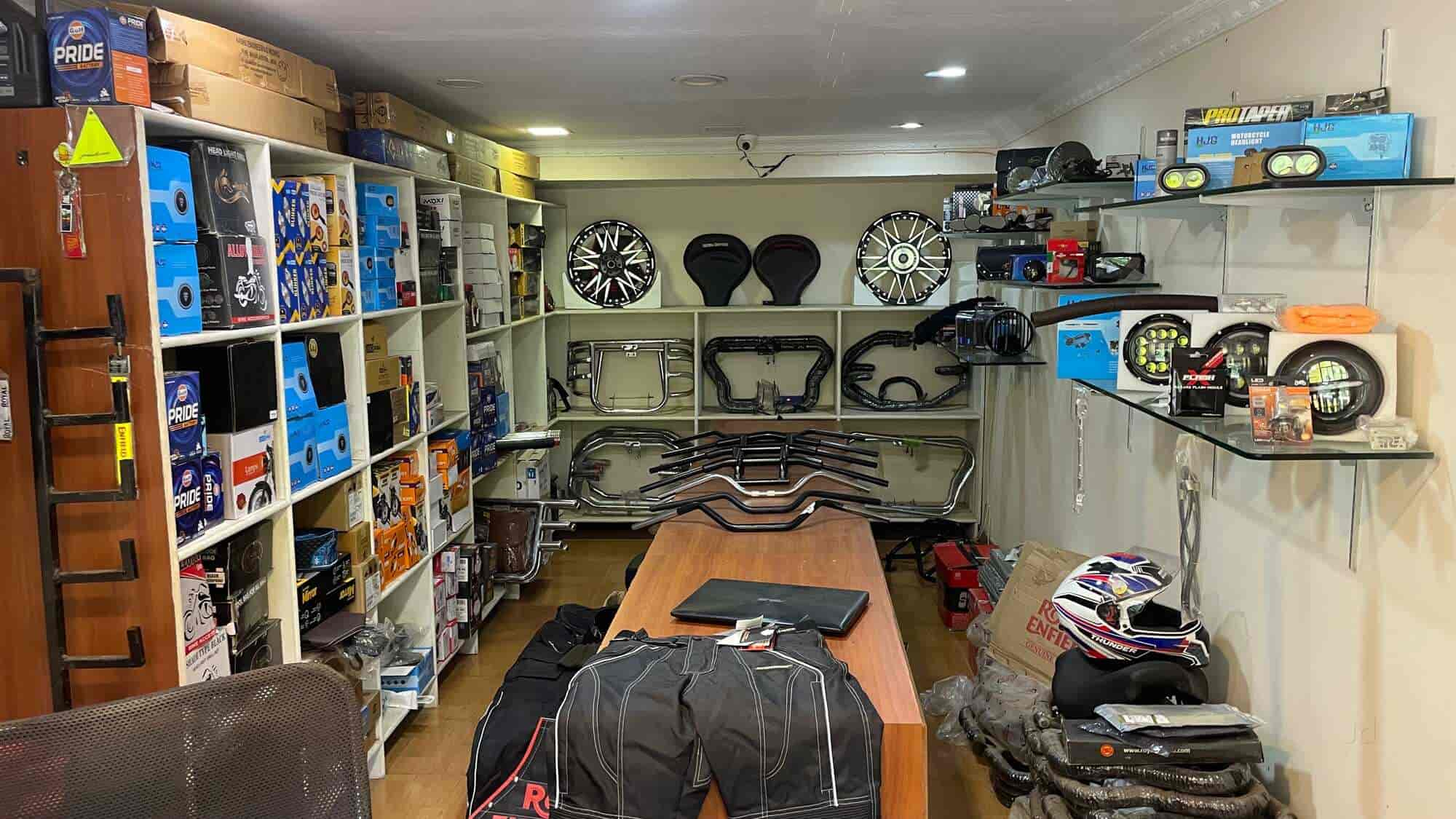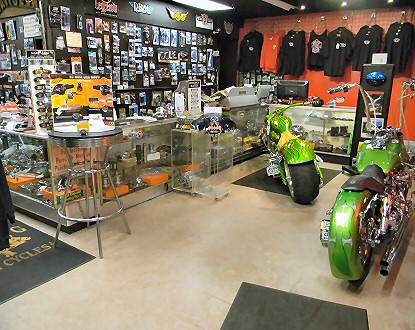Comprehending the Crucial Parts of a Motorcycle: A Comprehensive Overview for Enthusiasts
For motorbike fanatics seeking to boost their riding experience and ensure their bikes run smoothly, recognizing the important components of a bike is extremely important. Each component, from the engine's detailed functions to the vital duty of the braking mechanisms, not only influences efficiency but additionally safety and security and convenience. This overview will certainly stroll with the basic parts that every cyclist must know with, making it possible for notified choices in both maintenance and potential upgrades. As we begin this expedition, one must ask: exactly how does each element connect to produce the seamless ride every fanatic seeks?
Engine Elements

The camshaft plays a vital role in regulating the timing of the engine's shutoffs, ensuring the specific opening and closing required for efficient gas and air intake, in addition to exhaust expulsion. This timing is important to maintaining optimal engine efficiency and performance. In addition, the carburetor or fuel injection system, depending upon the motorcycle version, is in charge of mixing air with fuel in the appropriate proportion for combustion.
The cooling system, either air or liquid-based, works to keep the engine's temperature within operational limits, preventing getting too hot and making certain longevity - mx parts nz. Each component, thoroughly developed and integrated, adds to the smooth operation of the engine, specifying the bike's power result and general performance
Transmission System
Important to the bike's functionality, the transmission system makes sure efficient power transfer from the engine to the wheels. This system makes up a number of critical components, including the clutch, gearbox, and final drive, each playing a vital duty in translating the engine's power right into movement. The clutch, commonly run by a hand bar, serves to engage and disengage the engine from the transmission, allowing for smooth gear changes and regulated velocity.
The transmission, frequently referred to as the transmission proper, has a set of equipments that motorcyclists can manually change with to readjust the bike's speed and torque output. These gears are arranged in a sequence that allows the bike to accelerate smoothly and preserve optimal engine performance throughout numerous speeds. The majority of bikes use a consecutive transmission, requiring the motorcyclist to change equipments in a fixed order.
Braking Devices
While comprehending the transmission system is vital to using a bike's power, equally essential is the capability to control and quit that power effectively, which is where braking devices come right into play. Brakes are essential for security and performance, supplying the motorcyclist with the essential control to browse various terrains and problems. Commonly, bikes include 2 kinds of braking systems: disc brakes and drum brakes.
Disc brakes are more prevalent in modern bikes due to their remarkable performance. They contain a brake disc, caliper, and pads. When turned on, the caliper presses the brake pads against the rotating disc, transforming kinetic power right into warm, thereby slowing down the wheel. This system offers far better warmth dissipation, regular efficiency, and improved quiting power, especially in wet problems.
On the other hand, drum brakes, though much less common, are still located in some motorbikes. They work by pressing brake footwear against the inner surface area of a drum affixed to the wheel. While usually much less efficient in heat dissipation and quiting power, drum brakes are less complex and a lot more economical.
Comprehending these braking systems' subtleties permits cyclists to keep their bikes effectively and value the engineering that guarantees secure and effective stopping.
Suspension and Guiding
Suspension and guiding systems are crucial components that significantly affect a motorcycle's handling and adventure convenience. The suspension system, being composed of forks at the front and shock absorbers at the back, soaks up roadway abnormalities, boosting security and control. Front forks, inverted or commonly telescopic, compress and rebound to reduce impacts, while back shock absorbers keep tire call with the road, essential for grip and safety.
Guiding, focused around the handlebars, connects the cyclist to the motorcycle's directional control. The steering head bearings ensure smooth procedure, permitting precise ability to move. Correct positioning and maintenance of these bearings are important for predictable steering action and lowering cyclist exhaustion.
The suspension's adjustability is one more crucial element; preload, damping, and rebound setups allow modification to fit numerous riding styles and conditions. This versatility is important for enhancing efficiency, whether browsing urban roads or tackling sturdy trails. Technologies like electronic suspension systems use real-time changes, enhancing trip high quality across diverse surfaces.

Electric Systems
After making certain a smooth and controlled experience via efficient suspension and i thought about this steering systems, focus turns to the electrical systems, a critical element of modern bikes. These systems play an important function not only in beginning the engine but likewise in powering various elements that improve the capability and safety and security of the motorcycle.
At the heart of find out here a motorbike's electrical system is the battery, which shops electrical power required for beginning the engine and powering supporting systems - mx gear nz. The alternator or generator, coupled with the rectifier-regulator, makes certain the battery continues to be charged while the motorcycle is in operation, converting power right into electrical power and maintaining voltage levels
The ignition system, one more essential part, is accountable for sparking the air-fuel blend in the engine's cylinders. Modern bikes usually use an electronic ignition system, supplying better performance and integrity contrasted to conventional systems.
Illumination systems, consisting of headlights, tail lights, and signs, are additionally vital, ensuring exposure and security for the cyclist. Extra electronic parts such as sensing units, control systems, and presents add to innovative functions like fuel shot management, anti-lock stopping systems (ABS), and digital dashboards, further boosting the riding experience.
Conclusion
A thorough comprehension of a motorcycle's essential parts, consisting of the engine, transmission system, stopping devices, suspension, guiding, and electric systems, is indispensable for enthusiasts aiming to optimize security, convenience, and performance. Mastery of these elements permits educated decisions relating to maintenance and upgrades, ultimately enhancing the riding experience. By incorporating this knowledge, bikers can guarantee their motorbikes operate at peak performance and reliability, therefore making the most of both enjoyment and durability of their vehicles.
For motorbike enthusiasts looking to elevate their riding experience and ensure their bikes run smoothly, comprehending the important parts of a motorcycle is extremely important.Important to the motorbike's performance, the transmission system makes certain reliable power transfer from the engine to the wheels.While recognizing the transmission system is crucial to using a bike's power, just as vital is the ability to manage and stop that power properly, which is where stopping systems come into play. Normally, motorbikes feature two kinds of stopping systems: disc brakes and drum brakes.
A More Bonuses detailed understanding of a motorcycle's essential elements, consisting of the engine, transmission system, braking devices, suspension, guiding, and electric systems, is essential for fanatics intending to maximize security, performance, and convenience.